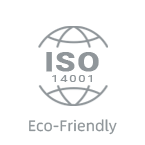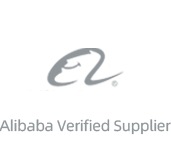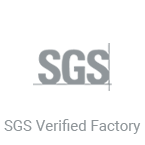Textile adhesives are essential materials in the textile and garment industries, enabling various applications such as bonding fabrics, attaching trims, and creating seamless designs. They have revolutionized manufacturing processes by providing strong, durable bonds without the need for sewing or stitching. This article explores the types of textile adhesives, their applications, and their benefits.
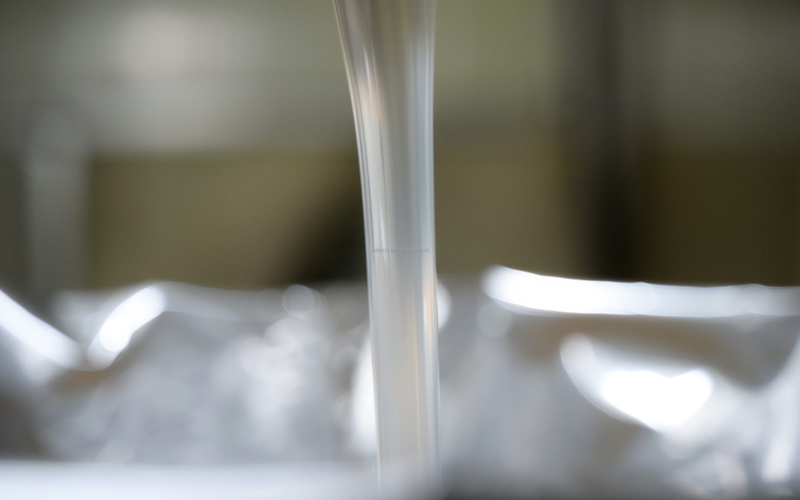
Different Types of Textile Adhesives
Hot Melt Adhesive Films
Hot melt adhesive films are one of the most commonly used textile adhesives due to their versatility and efficiency. These adhesives are thermoplastic, meaning they melt when heated and solidify upon cooling, creating strong bonds between fabrics. Hot melt adhesive films are widely used in applications such as:
- Seamless garments: Perfect for creating smooth, stitch-free designs in underwear, sportswear, and shapewear.
- Laminations: Used to bond multiple layers of fabric or textiles with other materials such as foam or plastic.
- Decorative applications: Ideal for applying embellishments like sequins or patches.
Alster, a leading manufacturer of hot melt adhesive films, specializes in providing high-quality solutions for textile applications. With years of experience, Alster offers films with excellent elasticity, durability, and waterproof properties, making them ideal for seamless garments and other advanced textile products. Their adhesive films are particularly popular in the production of bras, panties, socks, and elastic fabrics, ensuring reliability and comfort in the final product.
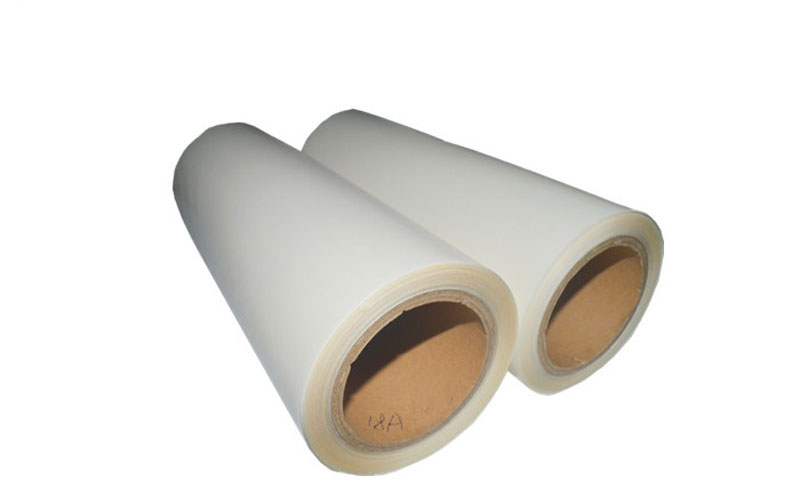
Water-Based Adhesives
Water-based adhesives are environmentally friendly options that use water as a solvent. These adhesives are non-toxic and low in volatile organic compounds (VOCs), making them safe for both workers and end-users. Common applications include:
- Bonding lightweight fabrics such as cotton and polyester.
- Laminating textiles to other substrates like paper or foam.
- Creating soft, flexible bonds for garments.
Due to their gentle formulation, water-based adhesives are frequently used in children’s clothing and products where safety and comfort are critical.
Solvent-Based Adhesives
Solvent-based adhesives are highly effective for heavy-duty textile bonding. They are known for their strong bonding power and resistance to heat, moisture, and chemicals. These adhesives are often used in:
- Outdoor fabrics: For applications like tents, awnings, and outdoor upholstery that require high durability.
- Footwear and leather goods: Providing robust adhesion in shoes and bags.
However, solvent-based adhesives have higher VOC levels and require proper ventilation during application to ensure worker safety.
Reactive Adhesives
Reactive adhesives cure chemically rather than through drying or cooling. They form exceptionally strong bonds that can withstand extreme conditions. Two popular types of reactive adhesives are:
- Epoxy adhesives: Used for applications requiring high strength and rigidity, such as bonding technical textiles.
- Polyurethane adhesives: Flexible and durable, ideal for sportswear, activewear, and protective gear.
Reactive adhesives are often used in high-performance garments that need to endure rigorous wear and tear.
Pressure-Sensitive Adhesives (PSAs)
Pressure-sensitive adhesives bond upon the application of pressure, eliminating the need for heat or solvents. These adhesives are widely used in:
- Temporary applications: For securing fabrics during the production process.
- Decorative purposes: Attaching embellishments like labels and trims.
PSAs are easy to use and provide an instant bond, making them a favorite in fast-paced manufacturing environments.
Silicone Adhesives
Silicone adhesives are valued for their high flexibility, resistance to extreme temperatures, and hypoallergenic properties. They are commonly used in:
- Medical textiles: Such as bandages, wound dressings, and compression garments.
- Anti-slip applications: Coating the inside of bras, leggings, and socks to enhance grip.
Silicone adhesives are particularly suitable for textiles that come into direct contact with the skin.
Polyvinyl Acetate (PVA) Adhesives
Polyvinyl acetate adhesives are lightweight and economical. They are primarily used in applications such as:
- Bonding lightweight fabrics like cotton and rayon.
- Temporary attachments for fabrics during sewing or embroidery.
PVA adhesives are water-soluble, making them easy to remove during garment finishing processes.
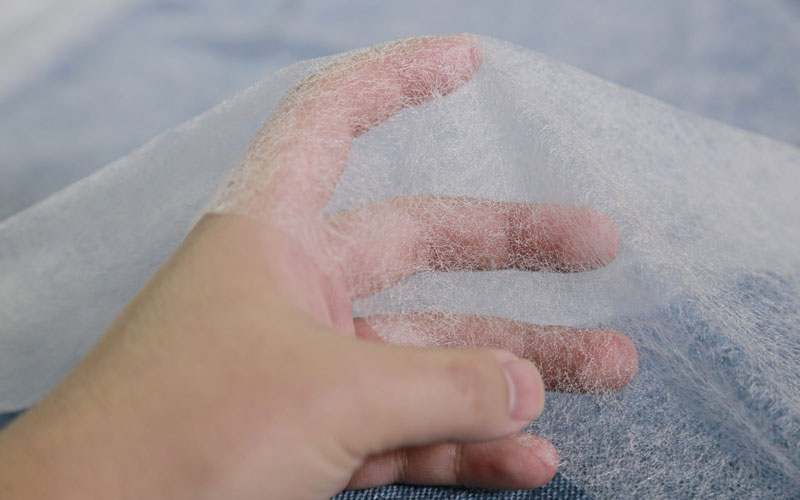
Conclusion
Textile adhesives have become indispensable in modern garment manufacturing, offering versatility, durability, and efficiency. Each type of adhesive serves specific purposes, catering to the diverse needs of the textile industry.
Among the leading manufacturers, Alster stands out for its advanced hot melt adhesive films, designed to meet the demanding requirements of seamless garments and other textile applications. By incorporating innovative solutions like Alster’s adhesive films, manufacturers can produce high-quality, comfortable, and durable garments that satisfy both functional and aesthetic needs.
Whether for sportswear, shapewear, or outdoor textiles, selecting the right adhesive is critical for ensuring the longevity and performance of the final product. With continued advancements in adhesive technologies, the textile industry is poised for even greater innovations in the years to come.



